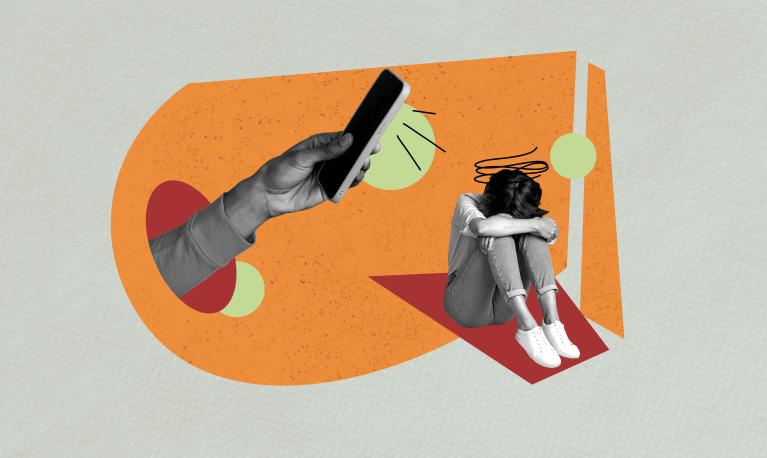- Journal article
- 11 February 2020
A multicomponent secondary school health promotion intervention and adolescent health: An extension of the SEHER cluster randomised controlled trial in Bihar, India
- Author: Sachin Shinde, Helen A. Weiss, Prachi Khandeparkar, Bernadette Pereira, Amit Sharma, Rajesh Gupta, David A. Ross, George Patton, Vikram Patel
- Published by: PLOS medicine

Abstract
Background
Strengthening Evidence base on scHool-based intErventions for pRomoting adolescent health (SEHER) is a multicomponent, whole-school health promotion intervention delivered by a lay counsellor or a teacher in government-run secondary schools in Bihar, India. The objective of this study is to examine the effects of the intervention after two years of follow-up and to evaluate the consistency of the findings observed over time.
Methods and findings
We conducted a cluster randomised trial in which 75 schools were randomised (1:1:1) to receive the SEHER intervention delivered by a lay counsellor (SEHER Mitra [SM]) or a teacher (Teacher as SEHER Mitra [TSM]), respectively, alongside a standardised, classroom-based life skills Adolescence Education Program (AEP), compared to AEP alone (control group). The trial design was a repeat cross-sectional study. Students enrolled in grade 9 (aged 13–15 years) in the 2015–2016 academic year were exposed to the intervention for two years and the outcome assessment was conducted at three time points─at baseline in June 2015; 8-months follow-up in March 2016, when the students were still in grade 9; and endpoint at 17-months follow-up in December 2016 (when the students were in grade 10), the results of which are presented in this paper. The primary outcome, school climate, was measured with the Beyond Blue School Climate Questionnaire (BBSCQ). Intervention effects were estimated using mixed-effects linear or logistic regression, including a random effect to adjust for within-school clustering, minimisation variables, baseline cluster-level score of the outcome, and sociodemographic characteristics. In total, 15,232 students participated in the 17-month survey. Compared with the control group, the participants in the SM intervention group reported improvements in school climate (adjusted mean difference [aMD] = 7.33; 95% CI: 6.60–8.06; p < 0.001) and most secondary outcomes (depression: aMD = −4.64; 95% CI: −5.83–3.45; p < 0.001; attitude towards gender equity: aMD = 1.02; 95% CI: 0.65–1.40; p < 0.001; frequency of bullying: aMD = −2.77; 95% CI: −3.40 to −2.14; p < 0.001; violence victimisation: odds ratio [OR] = 0.08; 95% CI: 0.04–0.14; p < 0.001; and violence perpetration: OR = 0.16; 95% CI: 0.09–0.29; p < 0.001). There was no evidence of an intervention effect in the TSM group compared with control group. The effects of the lay counsellor–delivered intervention were larger for most outcomes at 17-months follow-up compared with those at 8 months: school climate (effect size [ES; 95% CI] = 2.23 [1.97–2.50] versus 1.88 [1.44–2.32], p < 0.001); depression (ES [95% CI] = −1.19 [−1.56 to −0.82] versus −0.27 [−0.44 to −0.11], p < 0.001); attitude towards gender equity (ES [95% CI] = 0.53 [0.27–0.79] versus 0.23 [0.10–0.36], p < 0.001); bullying (ES [95% CI] = −2.22 [−2.84 to −1.60] versus −0.47 [−0.61 to −0.33], p < 0.001); violence victimisation (OR [95% CI] = 0.08 [0.04–0.14] versus 0.62 [0.46–0.84], p < 0.001); and violence perpetration (OR [95% CI] = 0.16 [0.09–0.29] versus 0.68 [0.48–0.96], p < 0.001), suggesting incremental benefits with an extended intervention. A limitation of the study is that 27% of baseline participants did not complete the 17-month outcome assessment.
Conclusions
The trial showed that the second-year outcomes were similar to the first-year outcomes, with no effect of the teacher-led intervention and larger benefits on school climate and adolescent health accruing from extending lay counsellor–delivered intervention.
- Tags:
- Gender-based violence, Education, Health, Sexual and reproductive health, Psychosocial well-being
- Countries / Regions:
- India
Related resources
Blog
14 April 2025

Report
5 March 2025

Blog
10 February 2025
